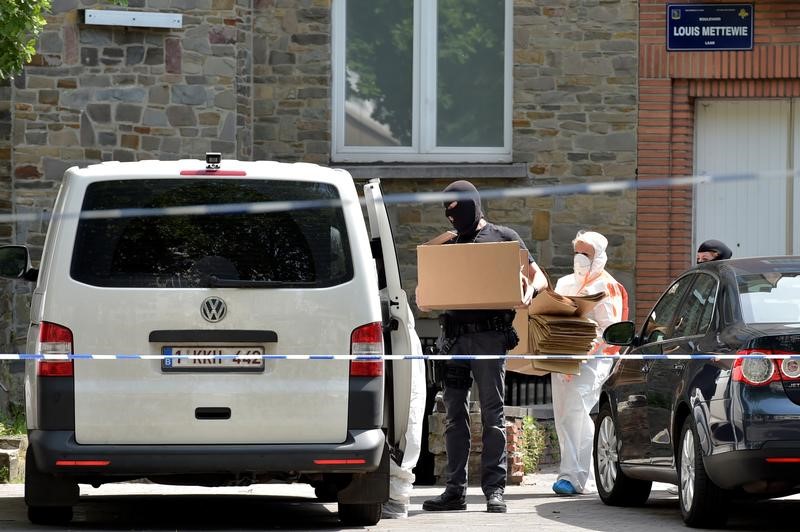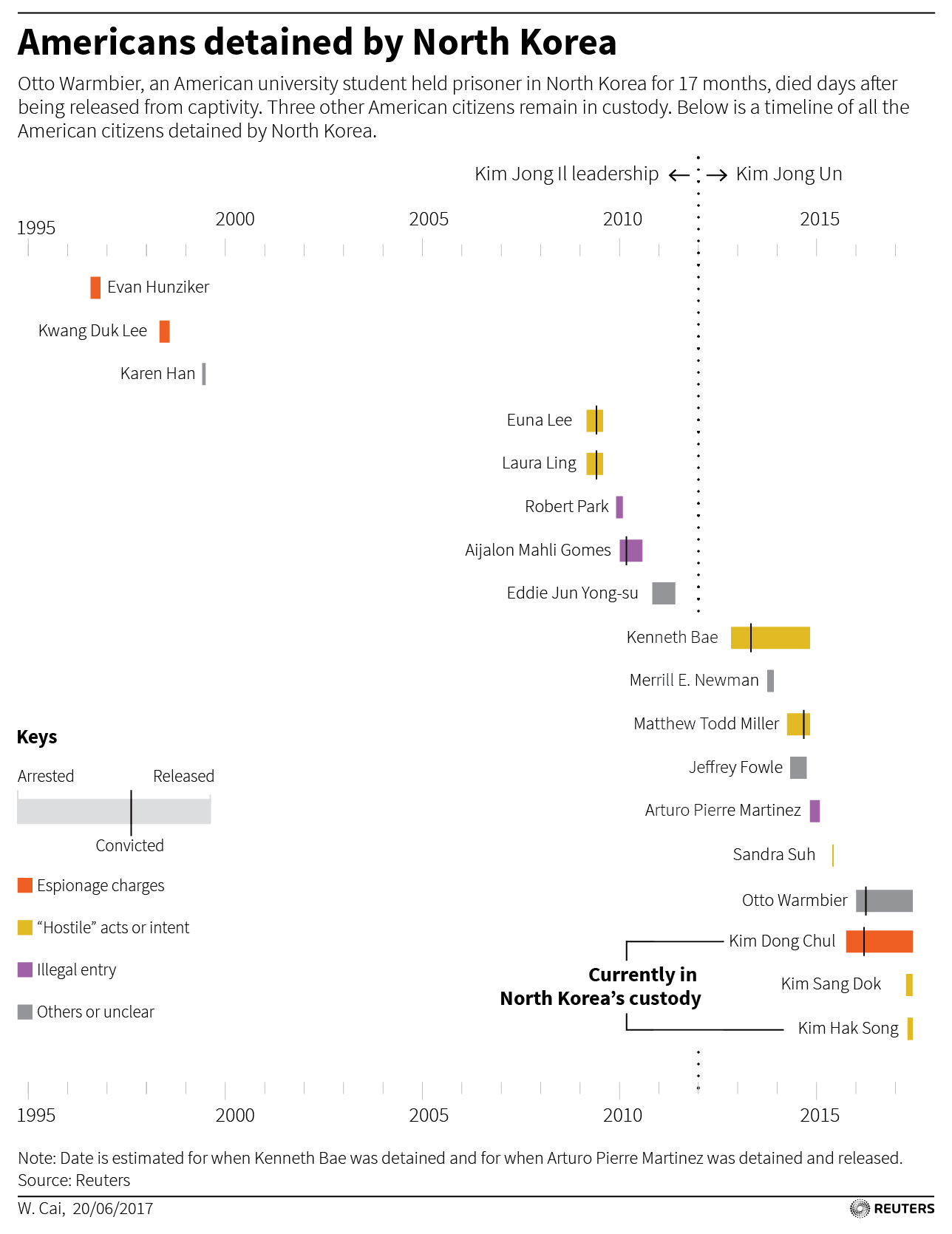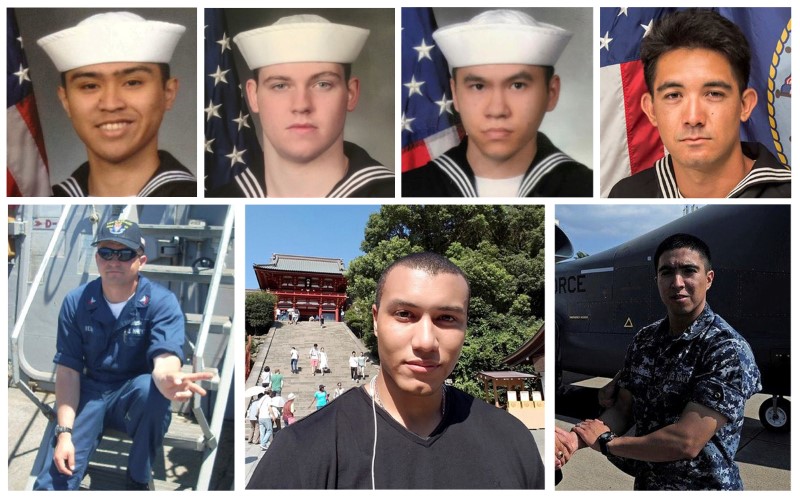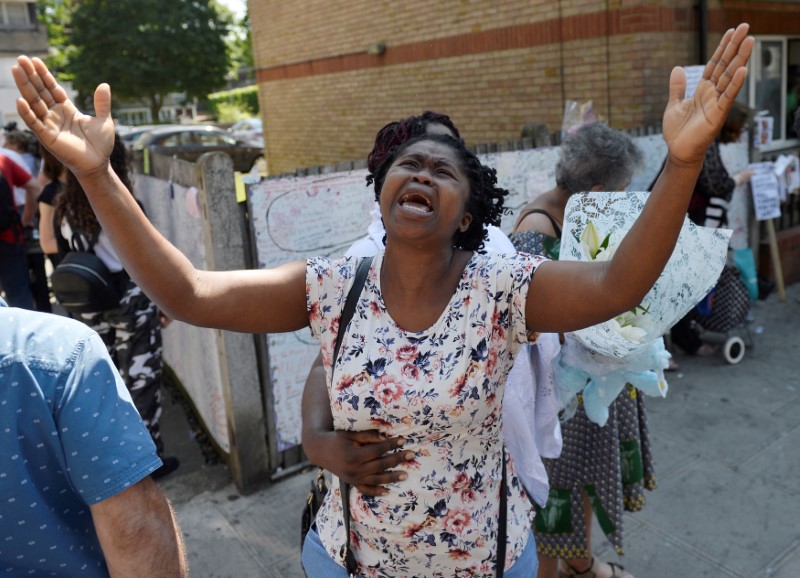
By Philip Blenkinsop and Charlotte Steenackers
BRUSSELS (Reuters) – A suitcase bomb packed with nails and gas bottles could have caused heavy casualties, Belgium’s prime minister said on Wednesday, a day after a soldier shot dead a Moroccan national attempting an attack on Brussels’ central station.
“We have avoided an attack that could have been a great deal worse,” Charles Michel told reporters after a national security council meeting following Tuesday evening’s incident, in which no one else was hurt.
However, no further threat was seen as imminent and the public alert level was left unchanged.
A counter-terrorism prosecutor named the dead man only by his initials, O.Z. He was a 36-year-old Moroccan citizen who lived in the Brussels borough of Molenbeek and had not been suspected of militant links. He set off his bomb on a crowded station concourse below ground at 8:44 p.m. (2.44 p.m. ET).
Walking up to a group of passengers, prosecutor Eric Van Der Sypt said, “he grabbed his suitcase, while shouting and causing a partial explosion. Fortunately, nobody was hurt.”
The suitcase, later found to contain nails and gas bottles, caught fire and then exploded a second time more violently as the man ran downstairs to the platforms.
He then ran back up to the concourse where commuters had been milling around and rushed toward a soldier shouting “Allahu akbar” — God is greater, in Arabic. The soldier, part of a routine patrol, shot him several times. Bomb disposal experts checked the body and found he was not carrying more explosives.
Police raided the man’s home overnight, Van Der Sypt said.
Molenbeek, an impoverished borough with a big Moroccan Muslim population just across Brussels’ industrial canal from its historic center, gained notoriety after an Islamic State cell based there mounted suicide attacks on Paris in November 2015 that killed 130 people. Associates of that group attacked Brussels itself four months later, killing 32 people.

Belgian policemen get out of a house after searching it, following yesterday’s attack, in Brussels, Belgium June 21, 2017. REUTERS/Eric Vidal
“WE WILL NOT BE INTIMIDATED”
Prime Minister Michel insisted the country, which has been the most fertile European recruiting ground for Islamic State in Syria and Iraq, would not bow to threats that have seen combat troops become a permanent fixture at public spaces in Brussels.
“We will not let ourselves be intimidated,” Michel said. “We will go on living our lives as normal.”
There was no immediate claim of responsibility and no word on how investigations are progressing into whether the man had acted alone or had help, and into any links to radical groups.
The Belgian capital, home to the headquarters of NATO and the European Union, took a heavy hit to its tourist industry last year. Visitors and residents out enjoying a hot summer’s evening on the ornate Renaissance town square, the Grand Place, close to Central Station were cleared quickly away by police.
Smoke billowed through the elegant 1930s marble hallways of the station, sending people fleeing to the surface, well aware of last year’s attacks at Brussels airport and on the metro, as well as of a string of Islamic State-inspired assaults in France, Germany, Sweden and Britain.
“Such isolated acts will continue in Brussels, in Paris and elsewhere. It’s inevitable,” Brussels security consultant Claude Moniquet, a former French agent, told broadcaster RTL.
With Islamic State under pressure in Syria, he said, attacks in Europe may increase, though many would be by “amateurs”.
Witness Nicolas Van Herrewegen, a rail worker, told Reuters: “He was talking about the jihadists and all that and then at some point he shouted: ‘Allahu akbar’ and blew up the little suitcase he had next to him. People just took off.”
Remy Bonnaffe, a 23-year-old lawyer who was waiting for a train home, photographed the flaming suitcase before the second blast, followed by gunfire, prompted him to run.
“I think we had some luck tonight,” he told Reuters.
(Additional reporting by Clement Rossignol, Francesco Guarascio, Jan Strupczewski, Elizabeth Miles and Alastair Macdonald; Writing by Alastair Macdonald; Editing by Angus MacSwan)












